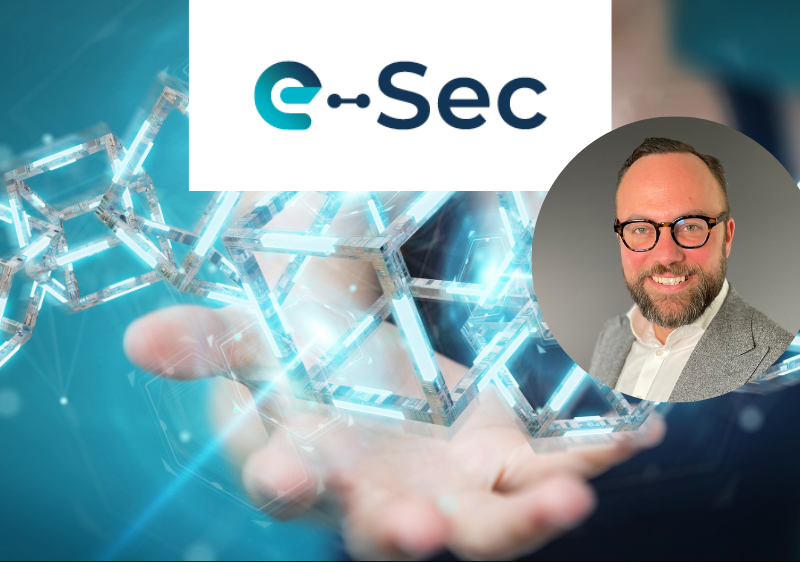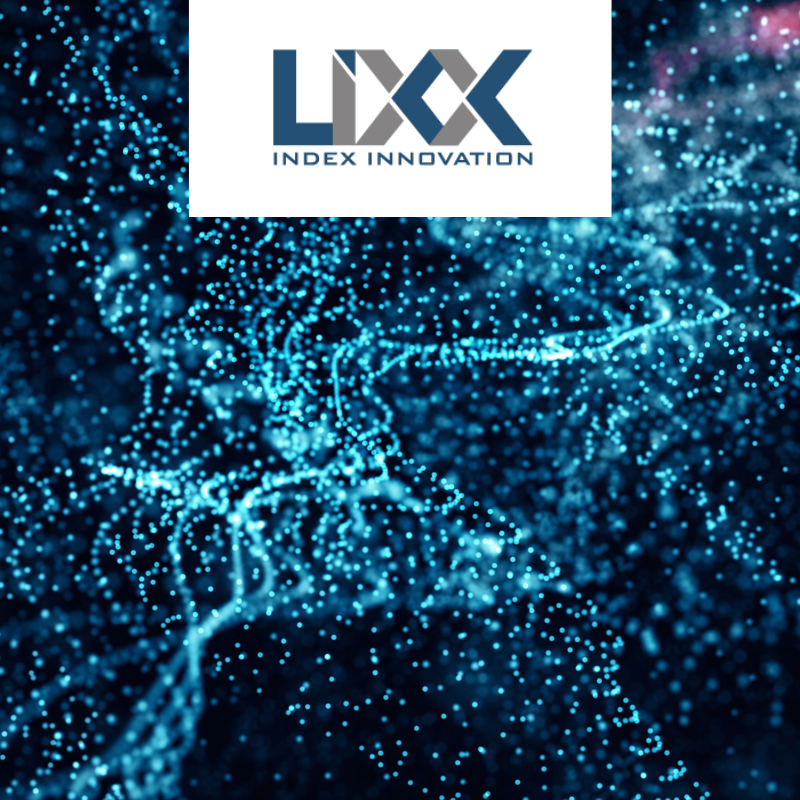
19. October 2022 | Medienmitteilung
Interview: What does the Ethereum Merge mean for crypto asset holders?
The Ethereum blockchain is used by the majority of mainstream blockchain applications, including digital assets such as the digital Z Square securities, which were issued with the support of Chartered Investment. In September 2022, Ethereum finally released the much-anticipated “Ethereum 2.0” update to the crypto community that offers some significant advantages. David Eckner, Counsel at Chartered Investment, outlines the Ethereum Merge and what it implies for crypto assets such as Z Square.
Mr Eckner, a major step was taken on 15 September toward the long-awaited and often postponed upgrading of the Ethereum blockchain to Ethereum 2.0. The main Ethereum blockchain was merged with a variation of the main chain known as the beacon chain. What exactly happened, and, more importantly, does the merge also affect Ethereum blockchain assets, such as the Z Square crypto securities offered by Chartered Investment?
David Eckner: To begin with, the Ethereum Merge has no direct impact on our customers. This is due to the fact that the Z Square product is tokenised via Ethereum - in other words, Ethereum is the underlying computer protocol on which Z Square’s digital securities are registered. The product, however, is not exposed to the underlying asset Ether, or ETH - the platform’s native cryptocurrency, which is also traded on crypto exchanges.
Does this imply that the merge had a direct impact on the price of Ether or ETH?
Definitely. The ETH price fell by roughly 8% immediately following the Merge, despite the fact that it was widely perceived as a bullish event. To give a simplistic analogy, ETH is comparable to DAX corporate shares. If a DAX business discloses substantial changes to its strategy, the value of the company’s shares will be impacted. This is precisely what occurs with Ethereum’s ETH. Assets tokenised on Ethereum, on the other hand, solely use the Ethereum blockchain as a technical foundation for their own purposes. Beyond that, assets such as Z Square are unrelated to Ethereum. Z Square securities, as the name implies, are not issued by Ethereum, but by the Israeli medical technology start-up Z Square.
Let’s start again at the beginning: What happened exactly during the Ethereum Merge?
During the Merge, the “beacon chain”, a kind of fork of the main Ethereum chain that already functioned according to the new proof-of-stake procedure, was combined with the main chain, hence the use of the term “Merge”. The proof-of-stake mechanism was ultimately transferred to the main Ethereum chain, a step that had been scheduled for months but had been repeatedly postponed. The point is that proof of stake is significantly more energy-efficient and technically more efficient than Ethereum’s earlier proof of work approach.
Could you perhaps explain the distinction between proof of work and proof of stake briefly?
Proof of work and proof of stake are what are known as “validation procedures” for blockchains. Computer protocols such as the blockchain - but also our internet - serve to exchange information or otherwise money and crypto assets. Each of these transactions must be validated, which means they must be examined and confirmed. While this is done through central servers on the internet, blockchain protocols manage this in a decentralised manner for which several validation processes are available. Proof of work is the most decentralised way. In this case, the “miners” must solve complex arithmetic problems in a sort of a race, the outcome of which correlates to a certain numerical value - the hash value of the relevant block. The hash value is required to validate the block - that is, the aggregated transactions of the network’s users - and add it to the blockchain. Regrettably, this process is incredibly energy-intensive and only scalable to a limited extent. Ethereum saves 99 per cent of the energy previously consumed by switching to proof of stake - blockchain technology is finally becoming more sustainable. A good example is that Ethereum used to consume as much electricity as the entire country of Austria, while currently, it consumes as much as a hamlet in central Hesse.
Nonetheless, some users continue to employ the old proof-of-stake technique…
Proof of stake has the advantage of being decentralised: anyone with the required equipment and computer capacity may become a “miner” and participate in the validation of transactions on the blockchain. With Ethereum, this is mostly determined by one’s assets: anyone wishing to become a validator on Ethereum must deposit a stake - a type of deposit - of at least 32 ETH, which equals roughly USD 61,000. Additionally, a random method chooses which validator is permitted to add the next block to the blockchain. This algorithm weights validators with a higher stake than others, meaning that the more ether is held and can be deposited, the more likely it is that the relevant holder will be chosen. This is why some individuals continue to use the previous Ethereum version with the proof of work method. This is one of the reasons why a hard fork is being proposed right now. This would imply that Ethereum 2.0, the upgraded version of the Ethereum protocol, will continue to exist as the sole Ethereum protocol. All network users would then be obligated to perform the necessary upgrade.
But even a hard fork would have no effect on assets such as Z Square?
In concept, no. As previously stated, Ethereum just serves as the technical foundation for the tokenisation of securities. The digitalisation of securities is technically viable on the Ethereum blockchain because it meets the requisite security standards, among other things. The blockchain update has no significant impact on the products that employ this technology.
David Eckner is Counsel at Chartered Investment. He focuses on financial regulatory law, digital finance (including cryptocurrency securities legislation) and sustainability.



